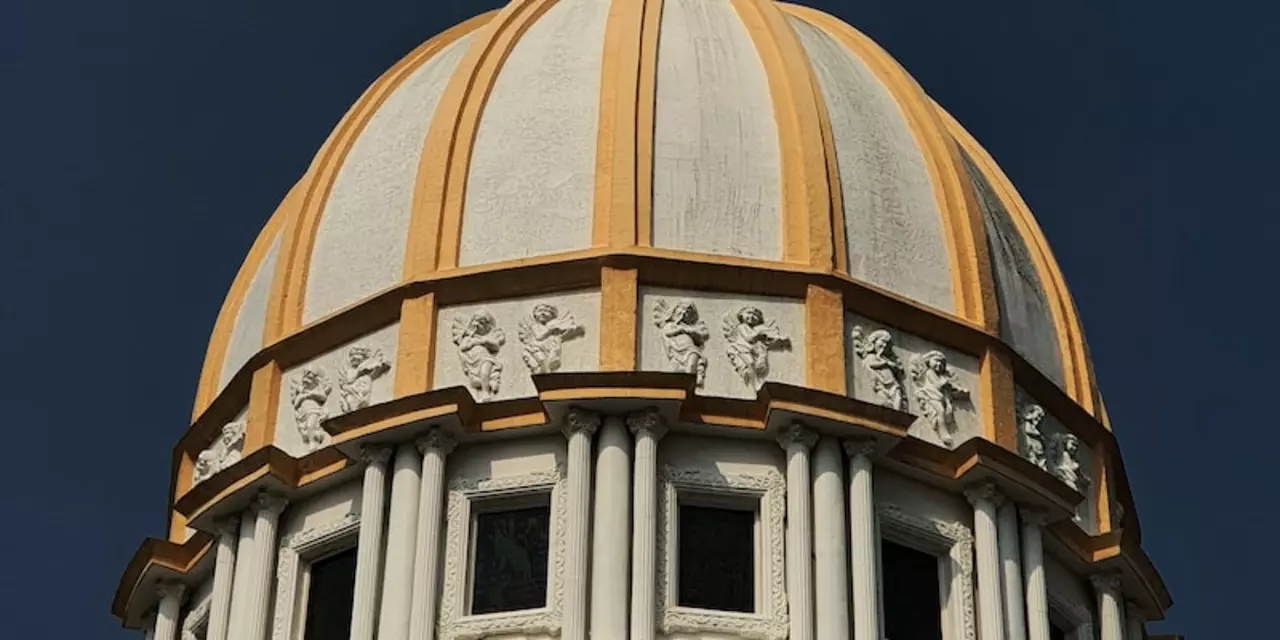European Missionaries: History, Impact and Legacy
When you hear the term ‘European missionaries’, you probably picture priests or nuns traveling to far‑away lands with a Bible in hand. That picture is pretty accurate, but there’s a lot more to the story. From the 16th century onward, missionaries set sail from Portugal, Spain, France, Britain and other countries, aiming to spread their faith and, often, to open doors for trade and politics.
Why did they go? Many felt a genuine religious calling – they believed sharing their faith could save souls. Others saw an opportunity to build schools, hospitals, and new towns. In many cases, the two motives blended: a church project that also helped a colonial government establish a foothold.
Why European missionaries mattered
One of the biggest impacts was education. Missionary schools taught reading, writing and arithmetic in local languages, or sometimes in a new script they created. This gave many people a tool to engage with broader ideas and, later, to challenge colonial rule. Health care also improved in regions where missionaries set up clinics, introducing basic sanitation and vaccination.
On the cultural side, the exchange was two‑way. Europeans learned about local customs, medicinal plants, and art. In turn, locals picked up European musical instruments, printing techniques and new agricultural practices. Not every interaction was smooth – misunderstandings and forced conversions caused resentment. Still, the legacy includes a mixed bag of progress, conflict, and lasting cultural ties.
Key figures and their stories
Think of names like St. Francis Xavier, who traveled to India and Japan in the 1500s, or David Livingstone, the Scottish explorer‑missionary who mapped large parts of Africa in the 1800s. Each left a distinct footprint. Xavier’s approach combined preaching with setting up schools, while Livingstone used his medical training to gain trust among local chiefs.
In the Americas, Jesuit missionaries built reductions – self‑contained villages that blended European and indigenous ways of life. These settlements often protected native people from exploitation, but they also tried to reshape social structures to fit European norms.
Women missionaries also played a crucial role. Figures like Mary Slessor in Nigeria championed women’s rights and fought harmful practices like infanticide. Their work showed that missionary outreach was not limited to preaching; it could also be about social reform.
Today, many of the churches, schools and hospitals they founded still operate, sometimes under completely local leadership. The stories of European missionaries are still taught in history classes, and their letters and journals give us a first‑hand look at early global connections.
So, whether you’re curious about how a small group of believers helped shape world history, or you simply want to understand the roots of modern cultural exchange, the tale of European missionaries offers a fascinating glimpse into ambition, faith and the messy reality of cross‑cultural contact.
Christianity in India has a history of at least two thousand years. It is believed that it was first introduced by the apostle Thomas, who is said to have come to India in the first century AD. Subsequently, it spread throughout the country, and today there are many Christian communities in India. The Portuguese and other European missionaries played a major role in the spread of Christianity in India during the colonial period. Christianity has been an integral part of Indian culture and society, and has made a significant contribution to the development of the country.
